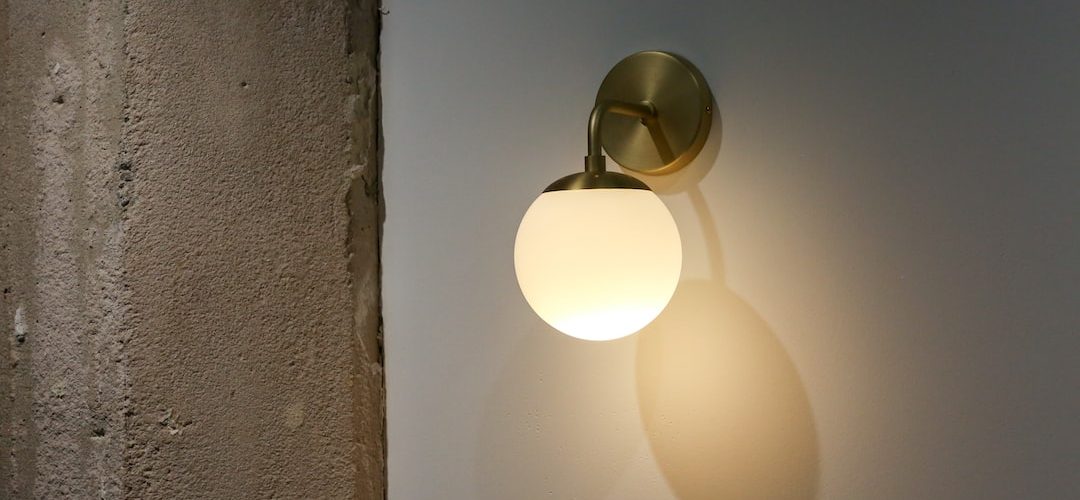
The Vintage Charm of Carbon Filament Lamps: Illuminating Our Past and Present
Introduction
Carbon filament lamps, also known as Edison bulbs, have been around since the 19th century. Despite being an outdated technology, they are still popular today due to their vintage look and warm glow. This article will explore the history, construction, and usage of carbon filament lamps, as well as their impact on modern lighting.
History of Carbon Filament Lamps
Carbon filament lamps were first invented by Thomas Edison in 1879. Edison noticed that a carbonized bamboo filament would glow white-hot when placed in a vacuum tube and connected to an electric current. This discovery led to the creation of the first commercially successful electric light bulb.
Initially, carbon filament lamps were relatively inefficient, with most of the electricity being converted to heat rather than light. However, they were still a significant improvement over the gas lamps that were commonly used at the time. Over the next few decades, various improvements were made to the design of carbon filament lamps, including the use of tungsten filaments and the addition of inert gas fillers to the bulb.
Construction of Carbon Filament Lamps
Carbon filament lamps consist of a glass bulb that is evacuated of air or filled with an inert gas, such as argon or nitrogen. Inside the bulb, there is a filament made of carbon, tungsten, or other materials. The filament is connected to metal contacts that are sealed into the base of the bulb.
When an electric current is applied to the filament, it heats up and emits light. The amount of light that is produced depends on the temperature of the filament, which is controlled by the amount of current that is flowing through it. Carbon filament lamps have a characteristic warm glow, which is caused by the emission of infrared radiation along with visible light.
Usage of Carbon Filament Lamps
Carbon filament lamps were once used for a variety of lighting purposes, including streetlights, household lamps, and industrial lighting. However, they have largely been replaced by more efficient lighting technologies, such as fluorescent and LED lamps.
Despite this, carbon filament lamps are still popular today as decorative lighting, particularly in vintage or industrial-style décor. They are also used in photography and film production, where their warm glow can create a nostalgic or romantic atmosphere.
Impact on Modern Lighting
While carbon filament lamps are no longer widely used for practical lighting purposes, they have had a significant impact on the development of modern lighting technology. The invention of the carbon filament lamp was a key milestone in the history of electric lighting, paving the way for more efficient and practical lighting technologies to be developed.
The use of tungsten filaments, in particular, was a crucial step forward, as it led to the creation of the incandescent lamp, which remained the dominant lighting source until the mid-20th century. Today, LED lighting is rapidly becoming the preferred lighting technology due to its energy efficiency, but the warm glow of carbon filament lamps remains a popular choice for decorative lighting.




